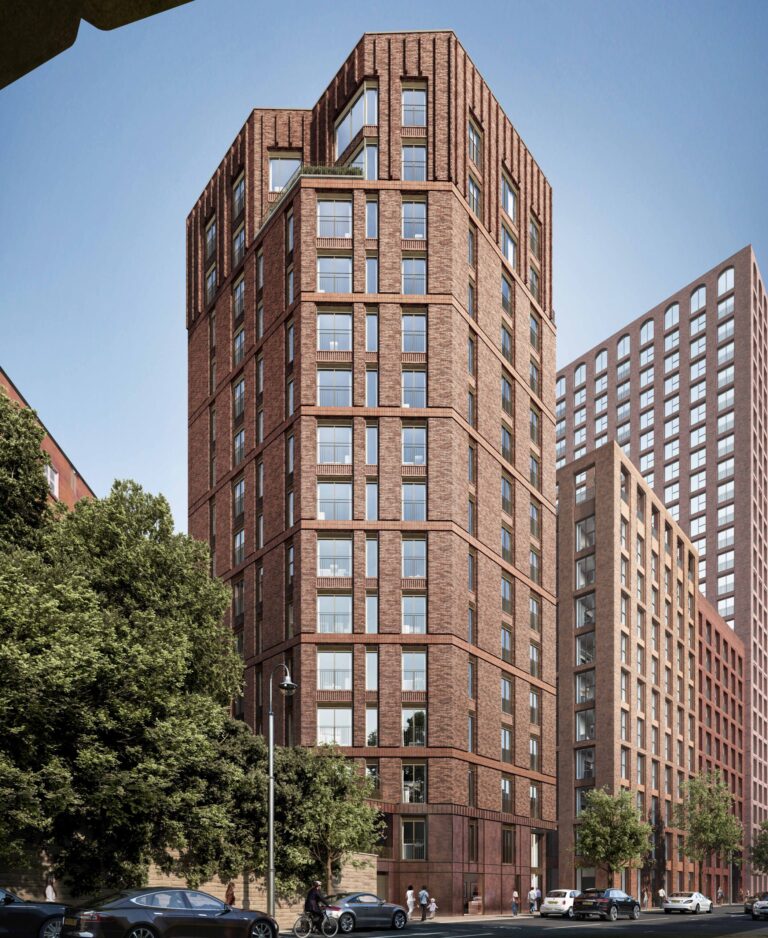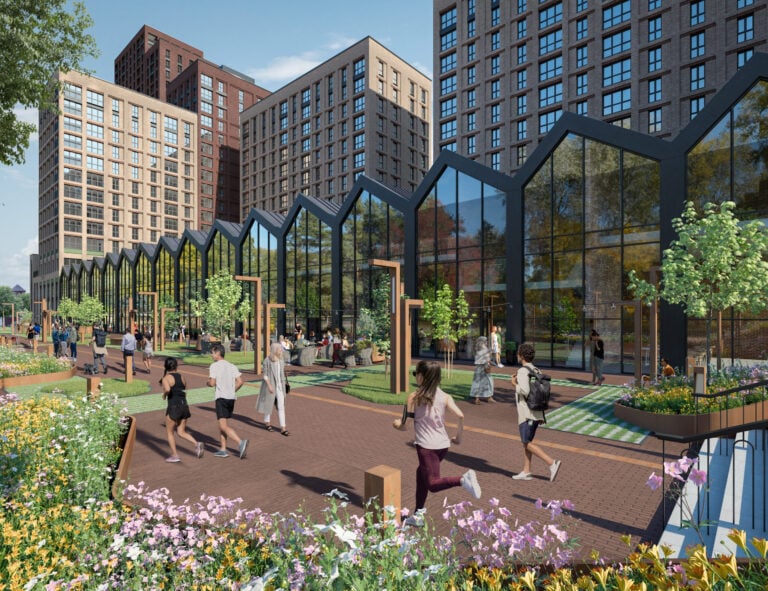Whether you own just one investment property or a portfolio, UK bricks and mortar remains one of the most popular wealth-building strategies, with growing interest from young people.
An investment property can generate wealth in multiple ways, from providing a regular income stream through renting it out or by the profits made when selling the property. For many, an investment property is an important asset to pass onto the next generation.
Often, property wealth is accumulated over time, meaning the largest proportion of investment property owners are aged 45 and over. A property can be used as a retirement plan to supplement your pension, which is why many landlords choose to sell their properties when this time comes.
However, new research from estate agent John Minnis has found that a greater number of under-35s are now choosing to invest either their earnings or their inheritance into property, with some even prioritising an investment over buying their own home to live in as they look to build wealth for the future. For others, investing in an additional property alongside their own home is providing a stable income stream.
This is echoed by research from Paragon Bank which found that the average buy-to-let landlord in the UK was getting younger, with 31% of new buy-to-let mortgages being acquired by borrowers in their 30s; up from 21% ten years previously. The bank also noted a rise in the number of landlord buyers aged 18-29.
Strategic financial planning
Recent fluctuations in the stock market have highlighted the relative instability of certain savings options compared with strategic property investment. Over time, UK property has proven to increase in value despite short-term peaks and troughs, and is often viewed as one of the least volatile investment options.
Supported by huge demand in both the sales market and the rental market, particularly in certain sought-after locations, the underlying fundamentals of the property market make it a more predictable investment choice – although conducting thorough research and managing a property well are also key components.
According to research conducted in September last year, around 3,000 buy-to-let landlords were aged under 21, while 63,000 fell into the 21-30 age bracket. This points towards younger people focusing more on increasing their financial stability in the current climate, points out John Minnis.
“The younger generation looking to get into the property market is all to do with wealth building and financial security,” he said. “In a time of increasing economic uncertainty and inflation, young people are seeking alternative ways to build wealth beyond traditional savings accounts and investments. Purchasing a second property allows them to leverage real estate as a long-term asset.
“With the growing demand for rental properties, especially in urban areas, many young investors see the potential to generate passive income by renting out their second property. The rental market has become more lucrative in recent years, providing a steady cash flow and helping to offset mortgage costs.
“In today’s economic climate, many young people are turning to property investment as a strategic means to build wealth and secure financial stability.”
Investment property: a source of passive income
For those who self-manage their investment property or properties that are rented out, a lot of time and effort can sometimes go into looking after tenants and buildings. However, the majority of those with more than one property (and many with just one investment property) opt to use a management company to carry out this side of things.
This means the investment can be a source of passive income, with tenants paying monthly rent that should exceed any borrowing costs and make a profit for the owner. At the same time, as the property naturally appreciates in value, the asset will provide an additional payout when it is sold, subject to any capital gains tax.
As John Minnis notes, younger investors are increasingly recognising that owning an investment property “not only offers potential appreciation over time but also provides a source of passive income through rentals”.
“This approach allows them to enter the property market earlier, leveraging their investments to eventually acquire their own homes with greater financial confidence,” he concludes.
If you’re looking to buy your first investment property, or add to your existing portfolio, get in touch with BuyAssociation today to find out about our current and upcoming opportunities. You can also browse a selection of our available projects here.










